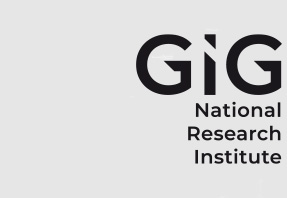Author ORCID Identifier
Krzysztof Fuławka: 0000-0002-0534-0712
Lech Stolecki: 0000-0003-3645-9393
Piotr Mertuszka: 0000-0002-2539-104X
Marcin Szumny: 0000-0001-6253-0013
Abstract
The seismicity level induced by blasting in the Polish copper mines is very important inlight of the efficiency of active rockburst prevention and safe conduct of blasting operations in the vicinity of the mining infrastructure such as shafts, workings, or function chambers (e.g., workshops, storages, etc.). Knowledge of the seismic vibrations’ peak value might be the basis for designing blasting works in a way that ensures desired seismic effect. However, current experiences show that Peak Particle Velocity prediction models developed so far do not apply to multi-face blasting, where there are many vibrations’ sources at the same time dotted across the mining panel. This paper presents the assumptions of a new empirical model with validation data gathered in the underground trials of group blasting. This new method allows for determining the vibration level generated by firing a single face and the value of amplitude amplification resulting from the increased number of faces fired simultaneously in the group. Preliminary analysis shows that this newly developed predictive model is characterized by a high level of reliability and therefore was applied to assess the effectiveness of blasting works in the selected panel in one of the mines belonging to KGHM Polska Miedź S.A.
Recommended Citation
Fuławka, Krzysztof; Stolecki, Lech; Mertuszka, Piotr; Szumny, Marcin; and Anderko, Arkadiusz
(2023)
"Predictive model of seismic vibrations’ peak value induced by multi-face blasting,"
Journal of Sustainable Mining: Vol. 22
:
Iss.
3
, Article 7.
Available at: https://doi.org/10.46873/2300-3960.1390
Creative Commons License

This work is licensed under a Creative Commons Attribution-Noncommercial-No Derivative Works 4.0 License.

